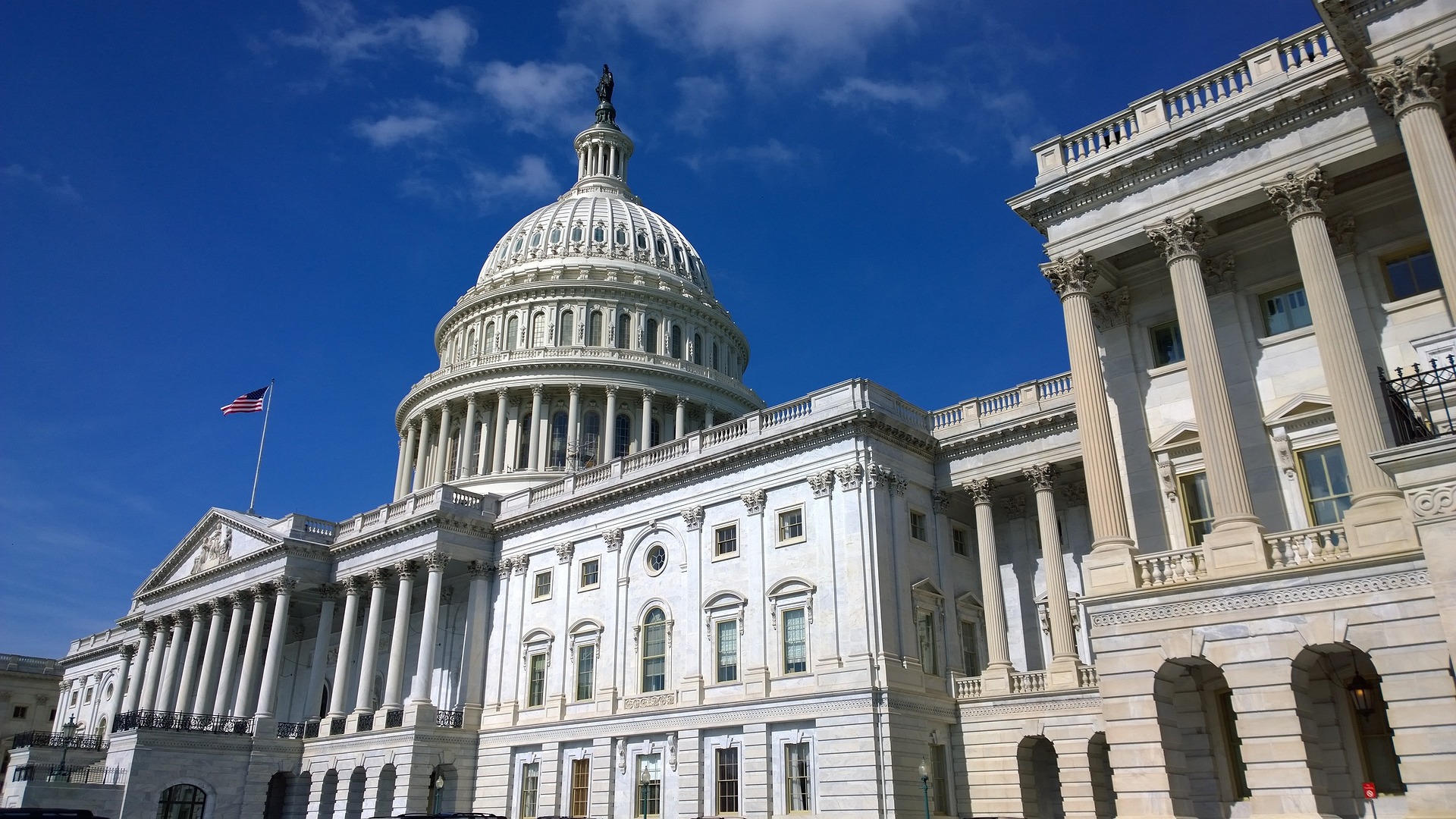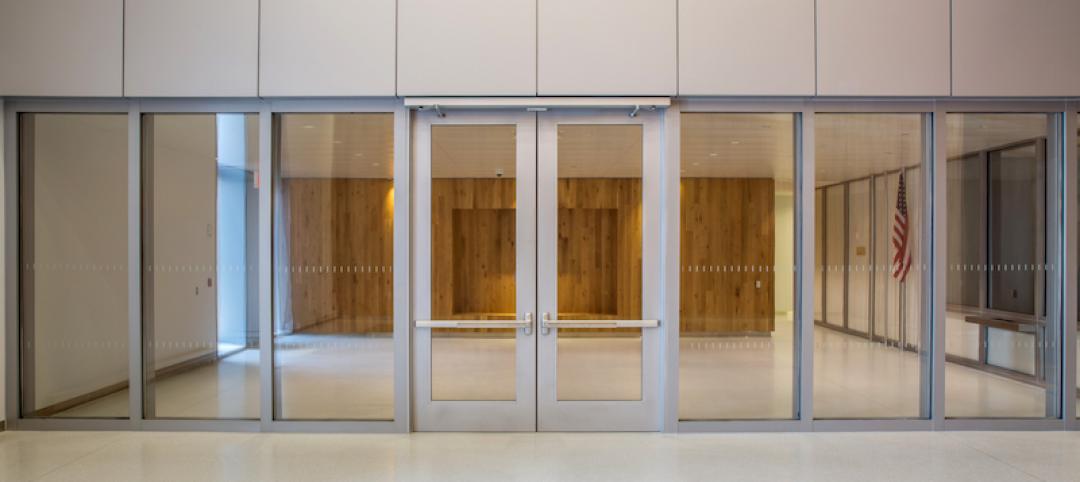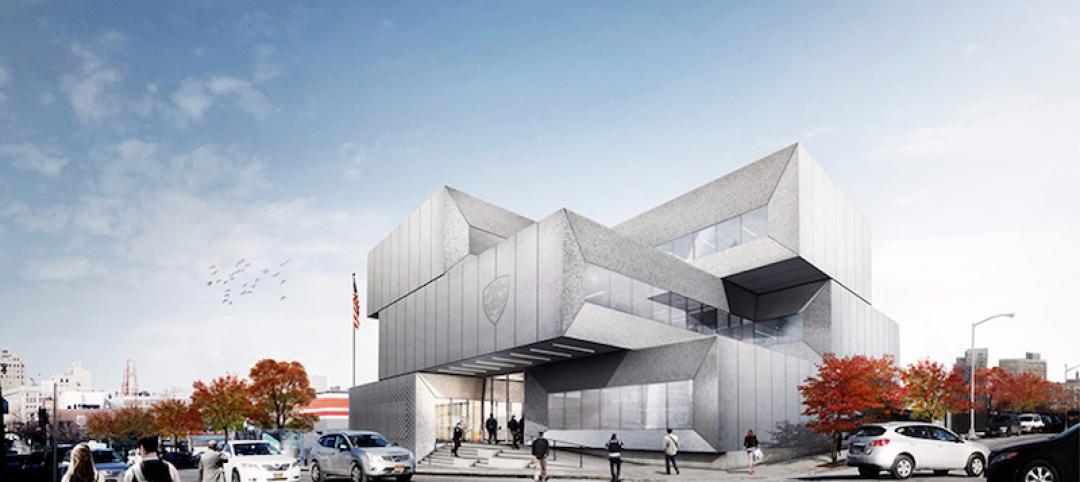The U.S. General Services Administration (GSA) recently announced plans to use $975 million in Inflation Reduction Act funding for energy efficiency and clean energy upgrades to federal buildings across the country.
The investment will impact about 40 million sf, or about 20% of GSA’s federal buildings portfolio. It will expand the agency’s sustainable building portfolio to 134 million sf. The projects will enable 28 buildings to achieve net zero emissions, and 100 more buildings to become all-electric. GSA currently has about 200 buildings that are all-electric.
The plans include electrifying the Ronald Reagan Building and International Trade Center, one of the largest structures in GSA’s portfolio. The work will include installation of heat pumps as the primary heating source, while eliminating onsite combustion emissions and the use of steam onsite for space and water heating. The project calls for installation of 57,000 LED light bulbs, upgrading over 500 high efficiency transformers, and installing a reverse osmosis groundwater recovery system that is estimated to save 35 million gallons of water annually. After work is completed, the Reagan Building is estimated to reduce energy usage by 40% and realize an estimated $6.3 million savings in energy costs annually.
GSA plans to tap into private sector funds through performance contracts such as Energy Savings Performance Contracts and Utility Energy Savings Contracts; make direct investments in building retrofits to maximize greenhouse gas reductions as well as energy and water savings; and expand building technology innovation programs such as the Green Proving Ground and Applied Innovation Learning Lab programs as well as electric vehicle infrastructure.
“The Inflation Reduction Act investments put GSA three-quarters of the way toward meeting the Federal Building Performance Standard released last year, which sets an ambitious goal to cut energy use while electrifying equipment and appliances in 30% of the building space owned by the federal government by 2030,” according to a GSA news release.
Related Stories
| Aug 15, 2016
MILITARY GIANTS: Cross-laminated timber construction gets a salute from the Army
By privatizing the construction, renovation, operation, maintenance, and ownership of its hotels the Army expects to cut a 20-year timetable for repairs and replacement of its lodging down to eight years.
| Aug 15, 2016
Top 40 Military Engineering Firms
Jacobs, AECOM, and Burns & McDonnell top Building Design+Construction’s annual ranking of the nation’s largest military sector construction and construction management firms, as reported in the 2016 Giants 300 Report.
| Aug 15, 2016
Top 40 Military Construction Firms
Fluor Corp., The Walsh Group, and Hensel Phelps top Building Design+Construction’s annual ranking of the nation’s largest military sector construction and construction management firms, as reported in the 2016 Giants 300 Report.
Sponsored | Glass and Glazing | Jun 20, 2016
Fire resistive blast and ballistic glass walls in high security facilities
For federal courthouses, embassies, government facilities and other high profile buildings, building materials are chosen based on their ability to mitigate or minimize the injuries and fatalities to occupants during an attack.
Building Team Awards | May 27, 2016
Big police academy trains thousands of New York's finest
The Police Training Academy in Queens, N.Y., consists of a 480,000-sf academic/administration building and a 240,000-sf physical training facility, linked by an aerial pedestrian bridge.
Government Buildings | Apr 22, 2016
Public-private partnership used to fund Long Beach Civic Center Project
Arup served as a lead advisor and oversaw financial, commercial, real estate, design, engineering, and cost consulting.
Architects | Mar 16, 2016
PGAL acquires Dallas-based Pro Forma Architecture
The merger adds a firm that has specialized in municipal projects.
Industry Research | Feb 22, 2016
8 of the most interesting trends from Gensler’s Design Forecast 2016
Technology is running wild in Gensler’s 2016 forecast, as things like virtual reality, "smart" buildings and products, and fully connected online and offline worlds are making their presence felt throughout many of the future's top trends.
Government Buildings | Feb 4, 2016
Bronx police station design revealed by Bjarke Ingels Group
The blocky, modern design is meant to convey accessibility and public service.
Government Buildings | Jan 26, 2016
California governor proposes $1.5 billion to repair, replace state buildings
The program would include two new state office buildings in Sacramento.
















